Managing our personal brand is something we all do. We update our LinkedIn profiles, write blogs and manage our social accounts — all with the hope that expressing our beliefs, opinions, and expertise allows us to create an identity that represents who we are and what we do.
For some people, a personal brand escalates into something separate from the company they work for or own. They connect to others in a way that strikes a chord — reverberating across industries and segments. For a while, the personal brand and the corporate brand work extremely well together. The personal brand provides a closer look at the person, and the corporate brand benefits when the audience feels a more intimate, human connection.
In some cases, the personal brand begins to compete with or overshadow the corporate brand. The brand story gets muddled as audiences engage with the individual and her personal posts more than the corporate content. It can be challenging to detangle what the audience is responding to and how the corporation should proceed.
Our recent work with Nataly Kogan and her company, Happier Inc offers an excellent example of the process of rethinking personal and corporate brand strategies. Nataly’s business success was due, in part, to the sharing of her personal journey and lessons learned in an effort to help others achieve their dreams. Customers responded with loyalty to the business, a deeper connection was growing between Nataly and her customers and followers.
When your personal brand and corporate brand collide
Prior to the publication of her new book Happier Now: How to Stop Chasing Perfection and Embrace Everyday Moments (Even the Difficult Ones), Nataly wanted to investigate how to best handle three products, each with its own identity: NatalyKogan.com, Happer.com and the book Happier Now.
Who does the audience love? What do they love? And what is the story that can be told to turn that love into engagement, loyalty, and revenue?
Kim Donlan, RedSwan5
Clearly, developing a new strategy to determine how personal brand and corporate brands should work was required.
When YOU are the brand
When you are the brand — or at least a significant part of one — a simple story is hard to craft. First, it’s hard to think of yourself as a product. For example,
- Nataly Kogan is an inspiring speaker (product 1)
- a CEO of Happier Inc (product 2)
- the author of a book (product 3)
- a workshop leader (product 4)
- and a trailblazer with a new view of happiness (product 5)
Second, when you begin to explore how to scale the services you offer, it can be difficult to imagine how you will be able to handle that level of work. You are only one person. Nataly wanted to continue to help businesses shift their corporate culture. Engagement levels continued to increase long after her workshops. Changes in employees and management spread to internal communication, meetings and project productivity. To grow, there would need to be more than Nataly. To reach more business and humans would require a highly trained team of Happier Super Users and products that could help bring Nataly’s thinking and magic to interactions where she could not be there in person.
Blending personal and corporate brands
The attributes that Nataly brings — the deep desire to help people and companies, the ability to make scientifically proven happiness practices easy to adopt and the gift for sharing her personal story in a way that connects the audience to her and to one another — are very much who Nataly Kogan is as a person. The Happier mobile application, new Happier Now book, 1 Minute Boost practices, and workshops are extensions of personal brand pillars. This alignment allowed us to blend personal and corporate brands.
Risks and rewards of merging corporate and personal brand
A personal brand garnering a following that is outpacing the corporate identity can begin to feel, well, intoxicating. It’s great when you are popular, listened to and capturing attention. Personal brand awareness often spills over to the corporate brand. It can get addictive. Yes, they like YOU! Yet you are not a business unless you make a conscious effort to become one. Should you? Examining the long-term strategy of both a personal and a corporate trajectory will help you evaluate which is the best path. Here are a few ways to think about it:
If you have a star in the ranks
- Have you hired a well-followed rising influencer?
- Is there a potential to create a celebrity that your audience can relate to?
- Are you interested in using your personal network to support your business goals?
- Is your company at a pivot point where you need to build a bridge of personal trust as you transition?
If you are an entrepreneur (or want to be)
- Do you aspire to be the next Oprah, Richard Branson, Bill Gates or Sramana Mitra?
- No matter what business you are in now, do you secretly wish for a lucrative consulting and speaking practice supported by a best-selling book or at least fame?
- Are you compelled to share your view with the world?
Deciding on the appropriate strategy for the personal and corporate brands depends on your objective. Consider these questions:
- Are customers following the brand or the person?
- Should corporate and personal brands be blended?
- Would the audience be lost if the personal brand were to fade?
- What are the attributes of the person that should belong to the corporate brand?
- Are personal and corporate attributes similar or far apart?
- Have you thought through the risks and discipline needed to sustain a personal brand?
The power of personal brands
To truly breakthrough, your brand must feel real and meaningful. This can come from the very people who believe in it the most — the founders, senior team or developers who embody the brand. Or, the personality can come from the users — the audience who consumes it. It is no longer a matter of personal or corporate brand. It is a personal brand. And the question is, how personal?
I believe it is no longer a matter of personal or corporate brand. It is a personal brand. And the question is, how personal?
Kim Donlan, RedSwan5
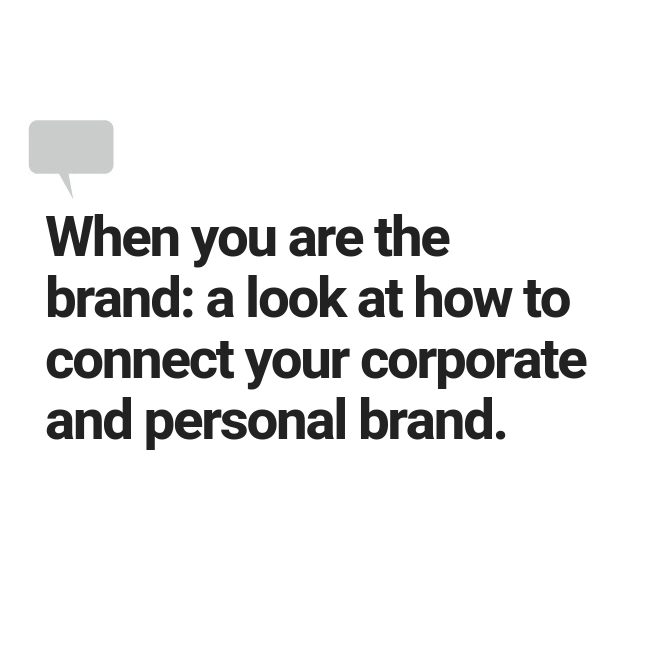
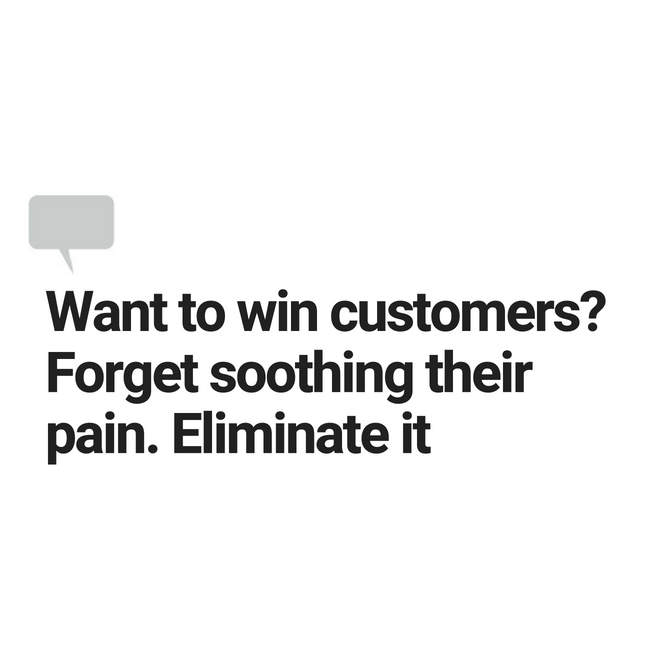
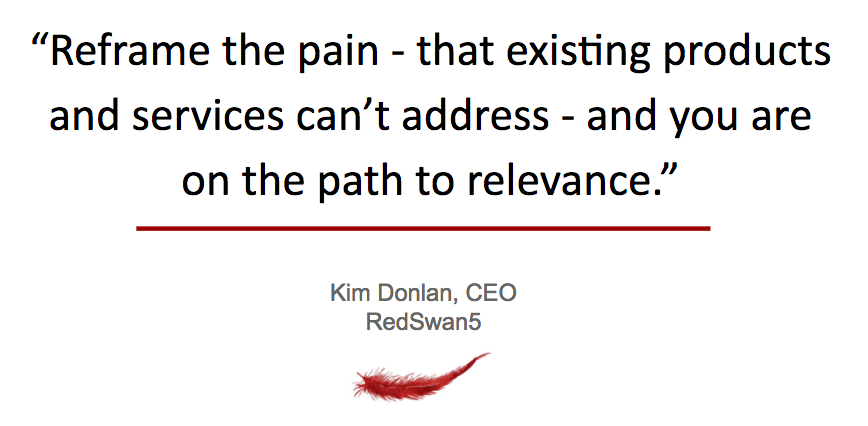
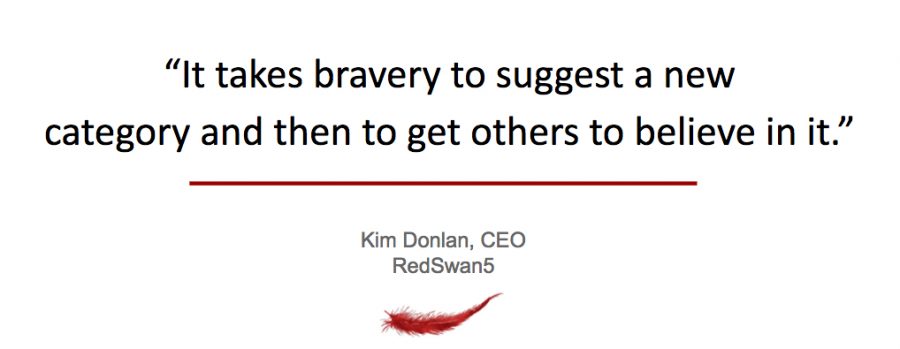





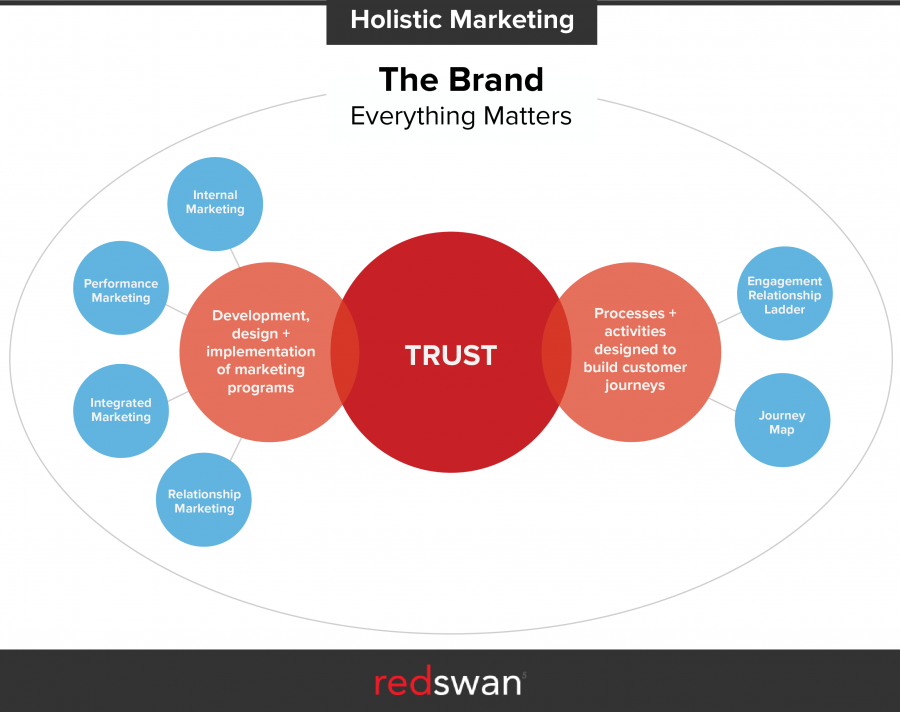
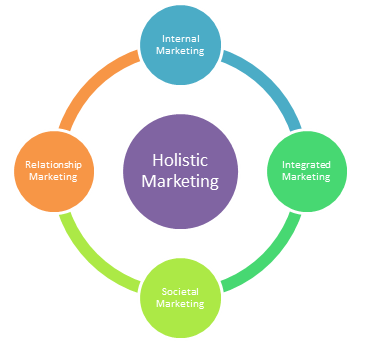 source:
source: